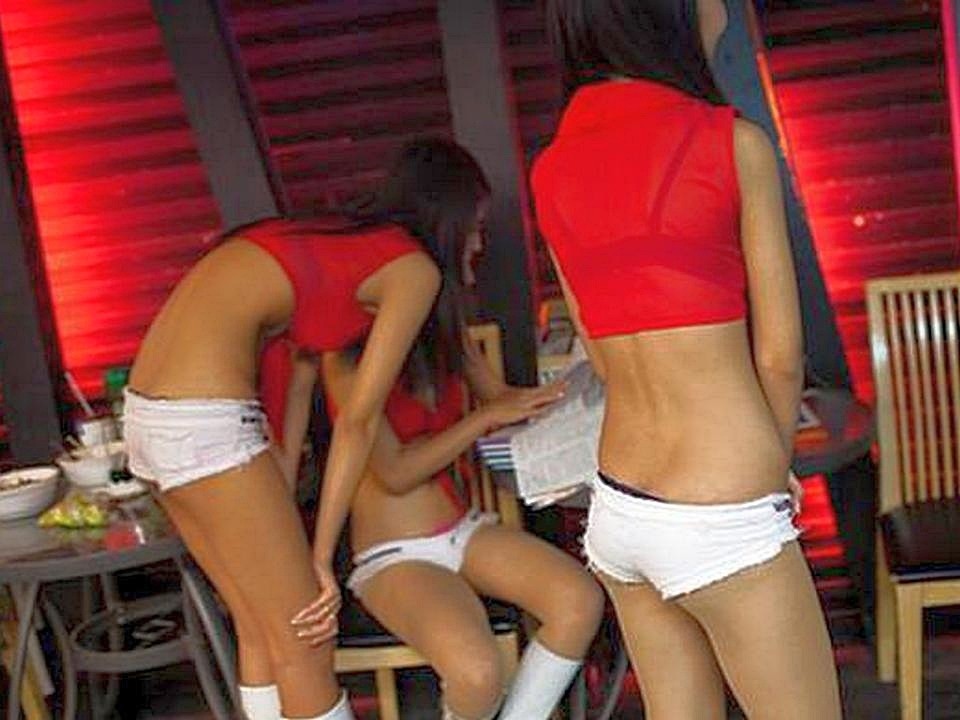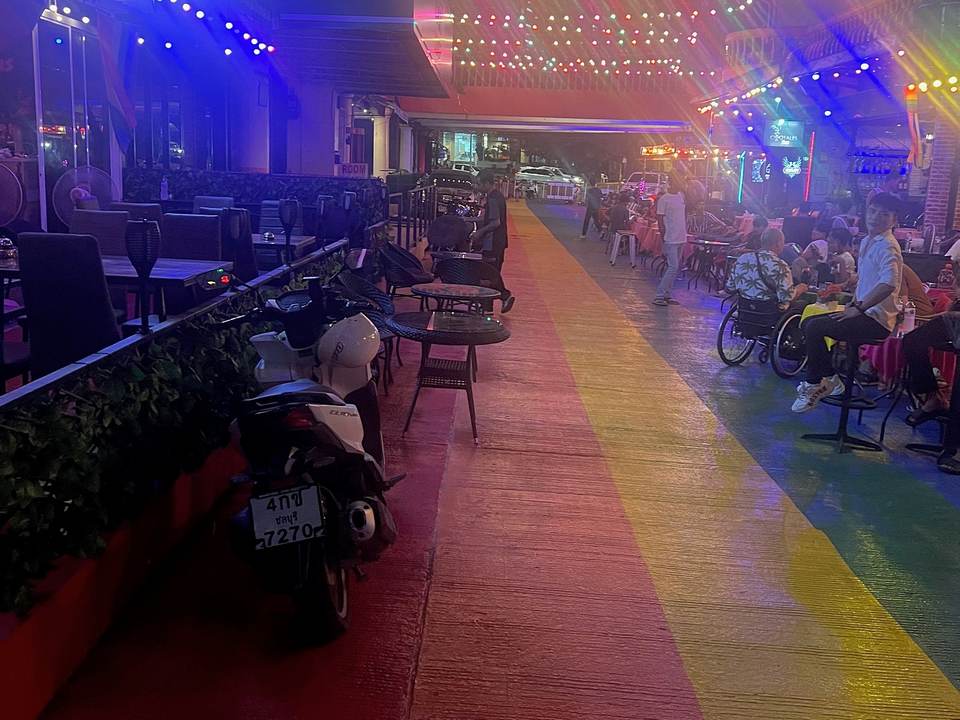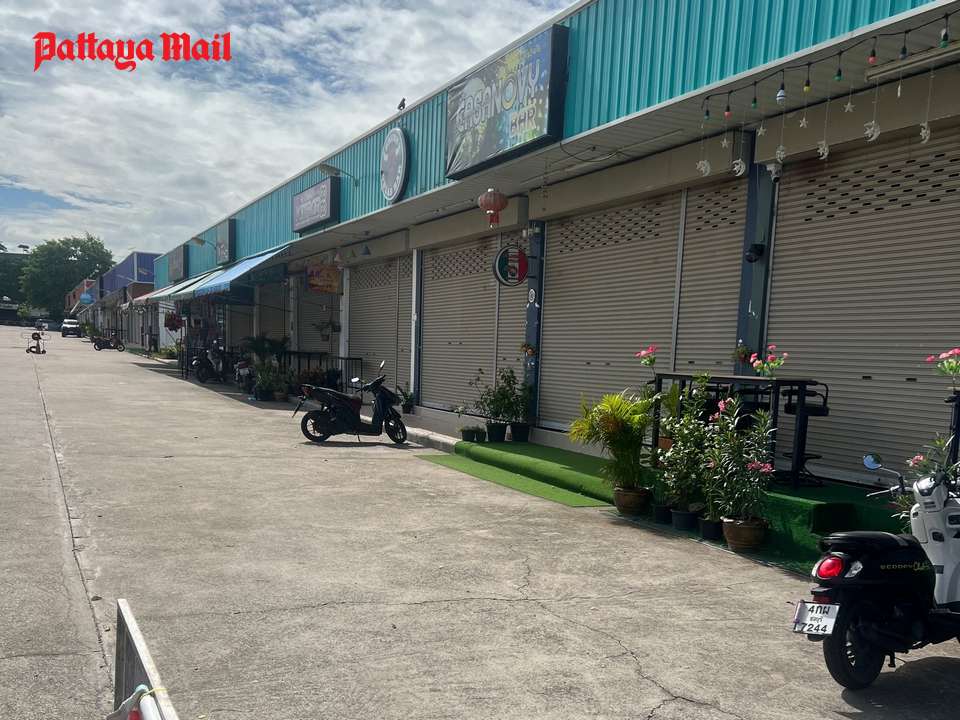
Pattaya leaders are up in arms about the stereotype of Pattaya as a haven for prostitutes. High-sounding names such as the Pattaya Night-Business Entrepreneurs and the Pattaya Business and Tourism Association stress that the city has lots to offer those not seeking horizontal leisure pursuits. Disney-style fun parks, museums, sports facilities, conference facilities and tip-top restaurants and hotels are given as prime examples.
Thairath TV, which had posted a negative report, has now apologized for denigrating the resort and claimed it just wanted to present unseen aspects of the city. In a recent report, the UK’S Daily Mirror argued that the sex image remained in spite of diversification, claiming that prostitutes here serviced mostly British men (really?) who were sometimes subject to violence if their wallets ran dry. A current recruitment drive by the Thai tourist police to attract foreign volunteers as unpaid assistants emphasized the importance of maintaining order in districts blessed with bars and clubs.

Shaking off Pattaya’s Sin City image has a long history. For example, international travel magazines highlighted the AIDS crisis of the 1980s and suggested that Pattaya’s immoral residents would soon be dying in the streets like flies. But nobody took much notice. In 2010 the New York Times stated that, if Los Angeles was Sin City, then Pattaya was a “bear hug from Lucifer himself”. The post-coup government of general Prayut Chan-o-cha in 2016 made a semi-serious attempt to change Pattaya’s image by restricting bar opening hours and cracking down on shows which might offend your grandmother. But the covid crisis, the lack of tourists and the cash collapse caused a liberal rethink.
In fact, market reality is currently the factor changing Pattaya. Walking Street security officer Atwit Supornrungsi, with 30 years’ experience, said the tourist numbers were well down on even last year. “Walking Street is still the famous landmark,” he said, “but it is nothing like its heyday.” He added that Indian dance clubs and open bars and quality restaurants were rapidly replacing the old dingy go-go bars, suggesting that Asian visitors and not sex-starved Europeans were the new order.

The most popular sex-orientated districts are now Soi 6 and Soi Buakhao, though both are less busy with serious spenders than in the past. Other bar-orientated areas are experiencing shake-down problems, witness the shuttered units throughout the resort and the demolition of former entertainment districts, especially in north Pattaya. Jomtien Complex, the center of organized gay life, now has at least five permanently-closed bars and restaurants, although the cabaret shows and bingo nights are surviving. Pattaya is indeed transforming though arguments inevitably persist about the speed and the new visitor profiles. It is always a mistake to try and hurry the Orient.








